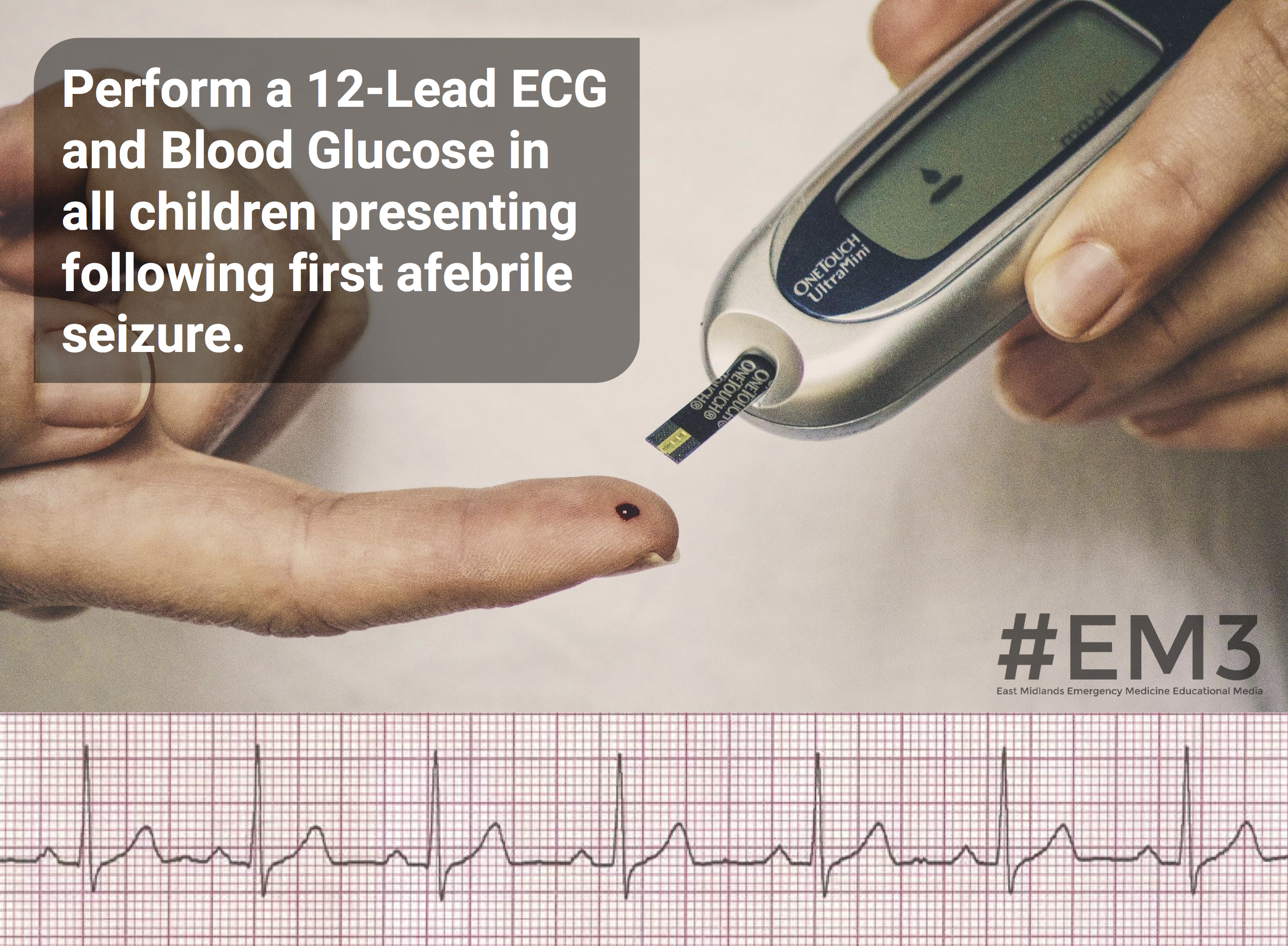#SimBlog: First Afebrile Seizure
““An 8-month-old baby girl is carried into the ED by her mother after a reported fit at home.””
Observations
A – Patent
B – RR30, Sats 92% in air
C – HR110, CRT<2sec, BP 90/60
D – BM 5, unresponsive
E – Temp 37°C
Clinical findings
Generalised tonic clonic convulsion
No signs of infective focus
No signs of injury
Why we simulated?
Seizures are common – 1 in 20 people experiencing one in their lifetime. Most often they are brief (less than 5 minutes) and witnessed by parents, the child presenting to the ED in a stable condition. However, sometimes seizures are prolonged and ongoing at time of ED arrival requiring urgent intervention.
NICE define status epilepticus as: "a generalised convulsion lasting 30 minutes or longer, or repeated tonic–clonic convulsions occurring over a 30 minutes period without recovery of consciousness between each convulsion". They also acknowledge that from a practical point of view "a tonic–clonic convulsion lasting more than 5 minutes should be managed the same as the child who is in "established" status".
Nice: Management of Status
The algorithm for the management of status epilepticus is a relatively simple flow chart but complications come with keeping an awareness of the duration of the seizure and therefore the timings for and the correct dosing and preparation of the drugs required.
It is important for the ED team to develop skills in focused history taking, including clear descriptions of the child's behaviour before, during and after the seizure. Details of birth, developmental and family history are also vital in establishing whether there is any predisposition towards seizures. In this scenario, with difficult birth extraction and delayed motor development, it is possible the child sustained a perinatal hypoxic brain injury.
Witnessing a first seizure is a terrifying experience for parents and the team need to be able to support them. During the acute seizure management, this is often difficult for one person to achieve and a team approach is needed. The simulation environment provides the opportunity to practise such skills.
Further Reading:
- Don't Forget the Bubbles: First Afebrile Seizure
- Lightning Learning: Afebrile Seizures
Learning outcomes
Utilise the seizure grab box (stocked in paediatric ED and Resus) – this contains the drugs for status epilepticus management. Lorazepam is stocked separately in the fridge and midazolam in the controlled drugs cupboard.
If you have a concern, raise it and repeat it if the team have not heard – you may hold vital information other team members are not aware of.
Perform a blood sugar and a 12 lead ECG in all children presenting following first afebrile seizure.
Positive feedback
Systematic assessment and good time keeping.
Excellent focused history taking – gathering information to identify cause of the seizure.
Demonstrated use of the ED status epilepticus in children management tool, making good use of time between benzodiazepine doses to plan towards the next step.








